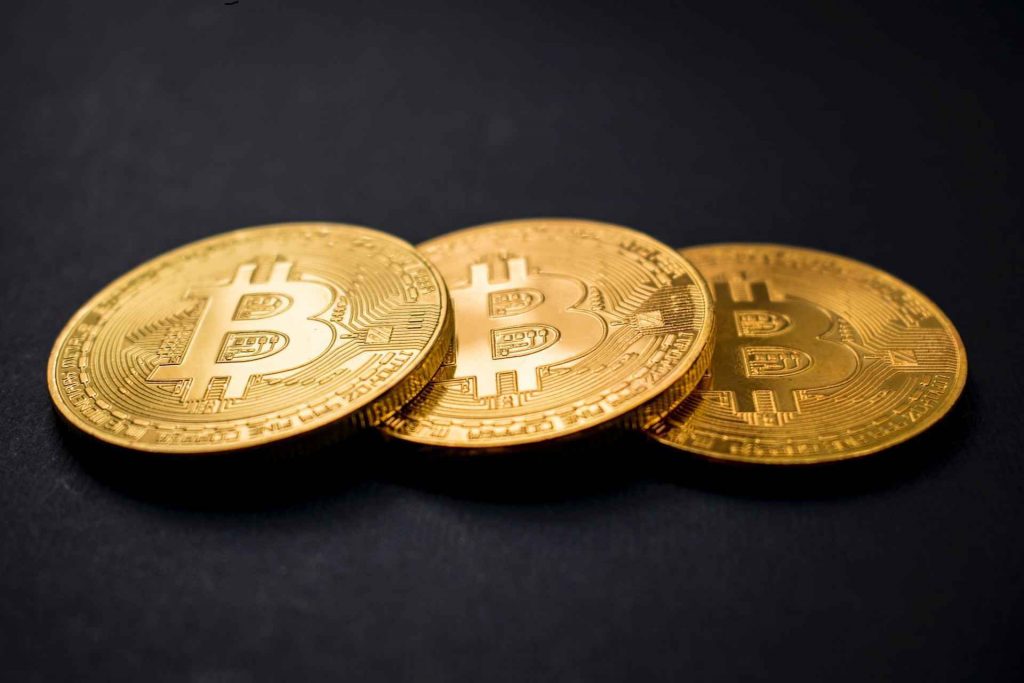Bitcoin, often hailed as the future of finance, has equally faced skepticism, with many labeling it a bubble. But how valid are these concerns? This exploration dives deep into the arguments for and against Bitcoin’s long-term viability. As debates about Bitcoin’s bubble potential persist, https://granimator.io/ serves as a platform for traders to navigate these uncertain waters.
Arguments that Bitcoin is Not a Bubble
The term “bubble” is frequently associated with assets that are believed to be overvalued without substantial backing. Critics of Bitcoin often label it as such, arguing that its price is inflated beyond its true worth. However, there are compelling arguments to counter the notion that Bitcoin is just another bubble waiting to burst.

One of the core arguments against the bubble label is Bitcoin’s intrinsic value and utility. Many financial experts liken Bitcoin to ‘digital gold.’ This comparison is drawn due to Bitcoin’s properties as a store of value. Just as gold has been used historically to protect against currency depreciation, Bitcoin, with its capped supply, offers a hedge against fiat currency inflation.
Information Use !!
Concerned about online trackers and introducers tracing your internet activity? Or do you face geo-restrictions while streaming? Get NordVPN - the ultra-fast VPN trusted by millions, which is available at 69% off + 3 Months Extra. With the Double VPN, Split tunneling, and Custom DNS, you can experience internet freedom anytime, anywhere.

Another reason Bitcoin stands out is its network effect. The value of a network grows with the addition of each user. As more people adopt and use Bitcoin, its intrinsic value increases. This is evidenced by the consistent growth in the number of Bitcoin wallets, transactions, and merchants accepting it as a mode of payment.
Security is paramount in the financial world. Bitcoin operates on a decentralized blockchain network that is secured by cryptographic algorithms. This ensures that transactions are transparent, irreversible, and free from the control of any central authority. This level of security, combined with its decentralized nature, sets Bitcoin apart from traditional currencies and assets.
The Bear Case: Risks that Could Pop the ‘Bubble’
One of the central concerns is market saturation. Every market, no matter how promising, has a growth limit. If Bitcoin reaches a point where nearly everyone who might be interested has already invested in or adopted it, there could be minimal room left for growth. This plateau could lead to reduced demand and, subsequently, a decline in value. The challenge here is determining where that saturation point might be for Bitcoin.
The crypto landscape is dynamic. New cryptocurrencies, often termed “altcoins,” enter the scene frequently. Some of these offer enhanced features, improved scalability, or different value propositions that might draw interest away from Bitcoin. If a competitor emerges that offers significant advantages and gains widespread adoption, Bitcoin’s dominance could be challenged.
The global economic landscape is riddled with uncertainties. Economic downturns, geopolitical tensions, or major shifts in regulatory environments can significantly impact Bitcoin’s appeal and value. For instance, a collective move by major economies to clamp down on cryptocurrency usage or trading can result in reduced demand and liquidity. Additionally, while the Bitcoin network is robust, it’s not immune to potential security breaches. A large-scale attack or vulnerability could shake investor confidence.
Perhaps one of the most talked-about risks is the regulatory environment. Bitcoin operates in a gray zone in many countries. While some nations have embraced it, others have taken a cautious or even hostile stance. If influential economies were to impose strict regulations or outright bans, it could lead to a considerable decrease in global adoption rates.
The Role of Traditional Media vs. New Media in Shaping Perceptions
Traditional media, including newspapers, television, and radio, have often approached Bitcoin with caution. Given their long-standing reputation and the demographics they cater to, traditional media tends to prioritize stability and established systems. As a result, their portrayal of Bitcoin has, on many occasions, revolved around its volatility, the regulatory challenges it faces, and the potential risks for investors.
On the flip side, new media, which includes platforms like social media, blogs, and decentralized media outlets, often presents a more optimistic view of Bitcoin. These platforms cater to a younger, more tech-savvy audience that is open to innovation and disruption. Consequently, they highlight the potential benefits of Bitcoin, such as its decentralized nature, the freedom it offers from traditional banking systems, and its potential as a hedge against economic instability. Influencers, crypto enthusiasts, and digital natives play a pivotal role in this positive portrayal, often sharing personal success stories, tutorials, and future predictions that paint Bitcoin in a favorable light.
While traditional media tends to focus on the potential downsides, and new media leans towards the upsides, it’s essential for consumers to strike a balance. By consuming a mix of both media types, individuals can form a holistic understanding of Bitcoin, acknowledging its potential while staying aware of its challenges.
Conclusion
While Bitcoin’s journey has been marked by highs and lows, it’s essential to balance optimism with caution. By understanding its potential and the challenges ahead, one can navigate the cryptocurrency world more confidently.
Disclosure: If we like a product or service, we might refer them to our readers via an affiliate link, which means we may receive a referral commission from the sale if you buy the product that we recommended, read more about that in our affiliate disclosure.

